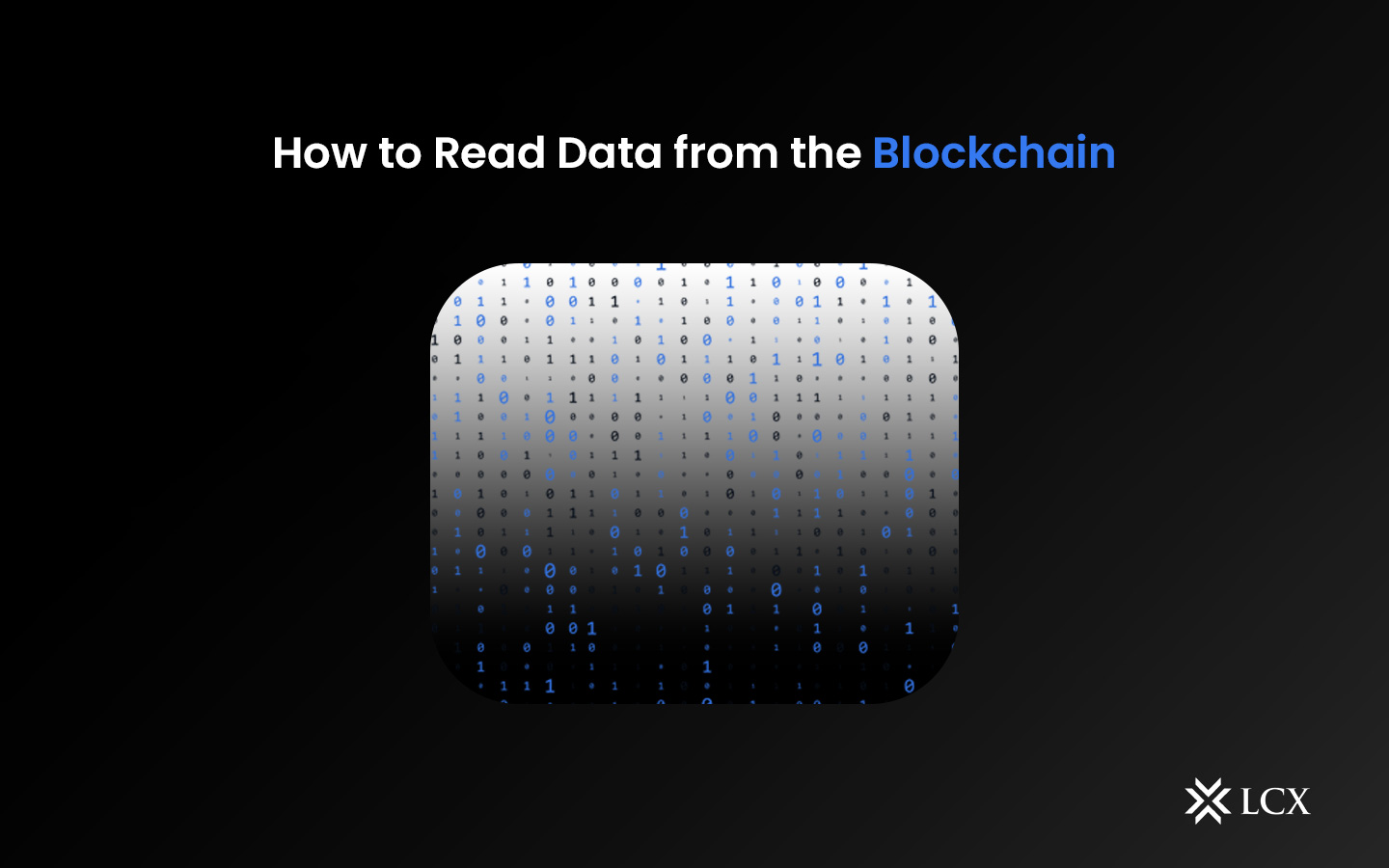Identifying Public and Private Blockchains
Blockchain networks can be broadly categorized into public and private blockchains. Public blockchains, like Bitcoin and Ethereum, are open to anyone and offer transparent access to all transactions and data. On the other hand, private blockchains are restricted to specific participants and provide a controlled environment for data sharing. Understanding the type of blockchain you are dealing with is essential, as it dictates the access and tools available for reading data.
Definition of Blockchain Data
The uncertainty surrounding the creation and distribution of data across multiple nodes is the source of doubts regarding the potential of blockchain data. Blockchain data refers to the on-chain data or transactional information hosted on the blockchain network. It contains information from all entries in a complete blockchain, which is accessible to everyone. With the validation of new transactions, the blockchain continuously records transaction information.
The immutability of blockchain data is one of its greatest advantages. After validation, the records are therefore immune to any form of modification. The immutability of the records provides assurance that the decentralized digital ledger is secure and accurate. Blockchain data consists of miner fees, wallet addresses, smart contract codes, and transaction quantities, among other entries. It can assist blockchain developers and web3 developers in determining if a particular blockchain meets their requirements. Blockchain data is the available information regarding nodes, smart contracts, and transactions on a blockchain network.
Storage of Blockchain Data
The data on a blockchain network is distributed across all network sites. Every node has a copy of the distributed ledger of transactions, which is updated with each transaction. Blocks are responsible for recording transaction data, which is linked using cryptography. The blocks are essential to retrieving the transaction history of a blockchain and can help you comprehend how they store transaction data. The blocks of a blockchain network consist of two components: the block header and the block content. The block header is responsible for storing all metadata, including the timestamp and the block number. The block content contains the blockchain’s transaction data.
How Can You Read Transaction History on Blockchain Networks?
- Exploring Block Explorers: Block explorers are web-based tools that allow users to navigate through the blockchain’s transaction history. For public blockchains, these explorers provide a user-friendly interface to access information like transaction details, wallet balances, and block timestamps. Examples include Etherscan for Ethereum and Blockchain.info for Bitcoin. Users can search for specific addresses, transactions, or blocks to retrieve relevant data.
- Using APIs (Application Programming Interfaces): Blockchain networks often provide APIs that developers can utilize to programmatically access blockchain data. APIs allow for more customized and automated data retrieval. By sending requests to the blockchain’s API endpoints, developers can fetch specific information, such as transaction details or smart contract events.
- Full Node Operation: Running a full node involves maintaining a complete copy of the blockchain’s data on your own hardware. While resource-intensive, operating a full node provides the highest level of autonomy and data access. Users with full nodes can directly query the blockchain’s data without relying on third-party services.
Challenges and Considerations
- Data Size and Scalability: Blockchain data can grow significantly over time, leading to challenges related to storage and retrieval speed. As the blockchain ecosystem evolves, scalability solutions like sharding and layer-2 networks are being developed to address these concerns.
- Data Privacy: Public blockchains inherently offer transparency, which might conflict with data privacy requirements. Private blockchains are often preferred for sensitive data, but striking a balance between privacy and transparency remains a challenge.
- Interoperability: Different blockchains use distinct protocols and data structures, making cross-chain data retrieval complex. Solutions like oracles and cross-chain bridges are emerging to enable interoperability and data sharing between disparate blockchains.
- Data Authentication: Verifying the authenticity of blockchain data is crucial. Hashing, digital signatures, and cryptographic proofs ensure that the data retrieved from the blockchain has not been tampered with.
Conclusion
Reading data from the blockchain opens up a world of possibilities across industries ranging from finance to supply chain management. The decentralized, transparent, and secure nature of blockchain technology has reshaped how data is stored and accessed. Whether through block explorers, APIs, smart contracts, or full node operation, understanding the methods and tools for reading blockchain data is essential for anyone looking to harness the power of this revolutionary technology. As blockchain continues to evolve, mastering the art of reading data from the blockchain will remain a valuable skill in the digital landscape.

